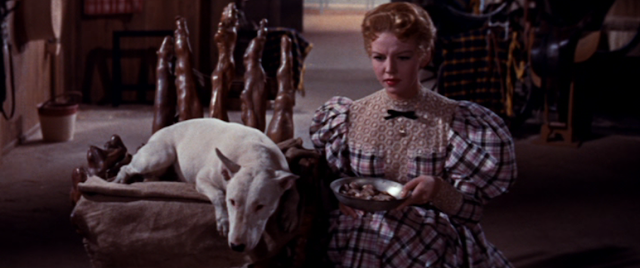“The story of the Negro in America is the story of America. It is not a pretty story.” – James Baldwin
In 1979, author James Baldwin wrote a letter to his literary agent with an idea for a book. He was going to tell the story of America through the lives of three important and tragic figures of the Civil Rights movement: Medgar Evers, Malcolm X and Martin Luther King Jr. When Baldwin died in 1987 he had left behind only 30 pages of his manuscript that was to be called Remember This House. Director Raoul Peck’s documentary I Am Not Your Negro (2016) helps complete the narrative by using Baldwin’s own words from those 30 pages, other essays, his televised interviews, debates and more.
Author of such classics as Notes of a Native Son and Giovanni’s Room, James Baldwin was an outspoken figure during the Civil Rights movement. He knew Medgar Evers, Malcolm X and MLK personally and while none of them ultimately agreed with each other on approach Baldwin appreciated what each brought to the table. Baldwin had a difficult relationship with the United States. He fled for Paris when Truman became president and lived in France, Switzerland and Turkey coming back to the states for stretches of time. He spent many of his final years in Saint-Paul-de-Vance France where he wrote his unfinished manuscript and other works.
I Am Not Your Negro is a scathing look at black representation in the media and the civil rights movement with a look towards what’s happening today. It’s timely and relevant, harrowing and shocking. It serves as a wake up call for everyone. Told through Baldwin's words, this documentary has no talking heads and no other voices. Narrated by Samuel L. Jackson, the documentary is full of archival footage interjected with some contemporary scenes including those related to the #BlackLivesMatter movement and the events that led to it. Baldwin’s words guide us on the journey.
 |
| I Am Not Your Negro. Photo courtesy of Magnolia Pictures |
Having recently read The Devil Finds Work, Baldwin’s book-length essay of film criticism and race, I recognized several passages in the documentary. In fact when the film is not delving into the life and death of the three Civil Rights leaders and Baldwin’s thoughts on treatment of black people in America, he discusses representation of blacks and whites in classic film. Many clips from a wide variety of classic movies are included. Some are directly related to Baldwin’s writings and others are used to prove a point or complement the narrative.
Classic film enthusiasts will find this documentary a tough pill to swallow. I know many of you want to remain in your bubble, I know I do sometimes, but I believe this is worth your time. The documentary takes a harsh look at classic movies. I was particularly taken aback by one scene in which we see a clip of Doris Day humming to herself in a kitchen in Lover Come Back (1961) and then cuts immediately to graphic photographs of lynched black men. This is one of many elements of shock and awe director Raoul Peck adds to the narrative. Here is the representation of a white woman living a luxurious life followed by the brutal reality of black oppression. Does it make me enjoy classic movies any less? No. Does it make me think about representation in film history? Yes. Baldwin had a complicated relationship with movies one that’s examined at length in The Devil Finds Work which I recommend everyone read. In this documentary we hear Baldwin discuss Hollywood figures both black and white including Joan Crawford, Sidney Poitier, Clinton Rosemond, John Wayne and others.
I wrote down some of the classic films that were included in this documentary. They include:
Uncle Tom’s Cabin (1927)
Dance Fools Dance (1931)
The Monster Walks (1932)
King Kong (1933)
Imitation of Life (1934)
They Won’t Forget (1937)
Stagecoach (1939)
No Way Out (1950)
Lullaby of Broadway (1951)
Love in the Afternoon (1957)
The Pajama Game (1957)
The Defiant Ones (1958)
Lover Come Back (1961)
A Raisin in the Sun (1961)
Custer of the West (1967)
Don’t Look Back (1967)
Guess Who’s Coming to Dinner? (1967)
In the Heat of the Night (1967)
Pressure (1976)
I Am Not Your Negro is an engrossing and powerful documentary. It’s hard-hitting with a serious and timely message to deliver. It puts up its fists for a fight and doesn’t back down. Watching it I couldn’t peel myself away nor could I prevent my thoughts from racing. I love how the film is divided into themed chapters as though it was itself a book. It made for a very cohesive style even when the narrative wandered from one topic to another and back again. It’s also a visually stunning film and I loved all of the archival footage even when some of it was difficult to watch.
This documentary is out in theaters today. I hope you’ll give it a try. It’s great viewing for Black History Month. Bring a friend and sit down for a meal and long discussion afterwards.
Thank you to Magnolia Pictures for sending me a screener of this film to review.






































